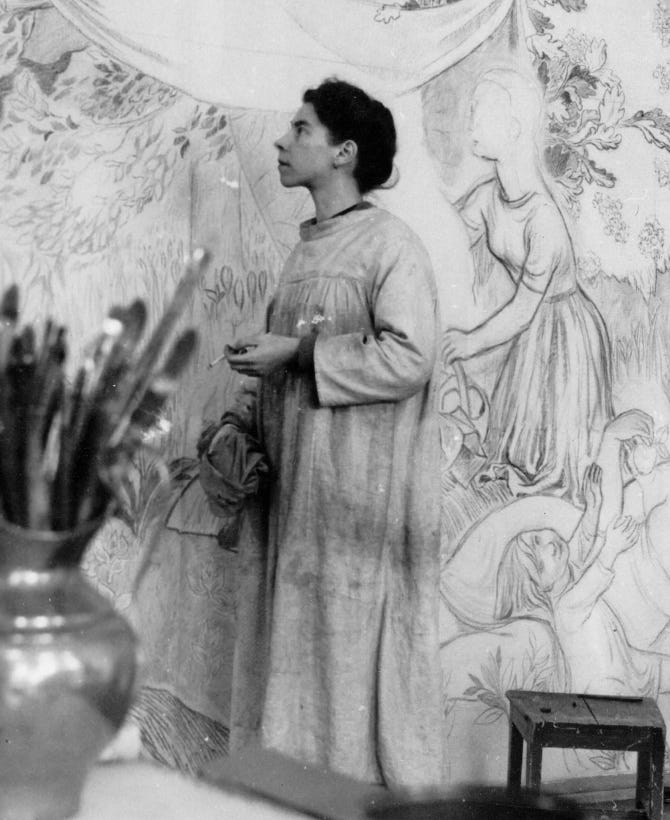Invaluable Curiosity
"Always be on the look out for the presence of wonder." E.B. White
Tove Jansson, best known for creating the Moomins, wrote, “It is simply this: do not tire, never lose interest, never grow indifferent—lose your invaluable curiosity and you let yourself die. It's as simple as that.”Hers was a world built of curiosity, and navigating her way through it by way of different forms of expression: she wrote, she drew, and sh…
Keep reading with a 7-day free trial
Subscribe to Begin In Wonder Substack to keep reading this post and get 7 days of free access to the full post archives.


